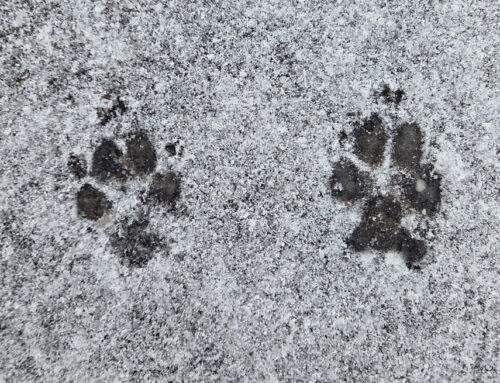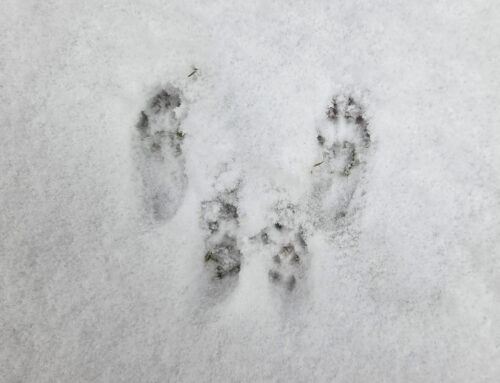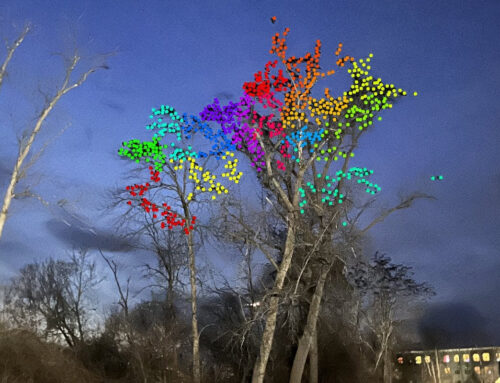This is part of a 5-part series on black-legged/deer ticks. Two disclaimers to start:
- There is a lot of conflicting information out there. I’ve tried to rely only on the most recent peer-reviewed scientific research rather than personal experience, anecdote, blogs, and other unreliable sources
- While I might be a Master of Science, I am certainly no doctor. Please, please, please do your own research, talk to your own experts, and be your own advocate!
Life history
Larval stage
| Eggs hatch mid-summer and the larval stage is active through early fall. Larvae tend to stay close to the ground and attach to small hosts like mice, chipmunks, and other small mammals. They feed for about 3 days on the host until engorged, at which point they drop back to the ground. After the blood meal, the 6-legged larva molts, gets larger, and emerges in the spring as an 8-legged nymph. |
Nymphs
| Nymphs are active spring through late summer, feeding on a much wider range of animal sizes, from mice to dogs to deer and even humans. As these ticks have already fed on a host, they are more likely to be carriers of the Lyme-causing bacteria, Borrellia burgdorferi. Feeding takes slightly longer (3-4 days), and again, after fully engorged they’ll drop to the ground, molt, and emerge in the fall as adults. |






